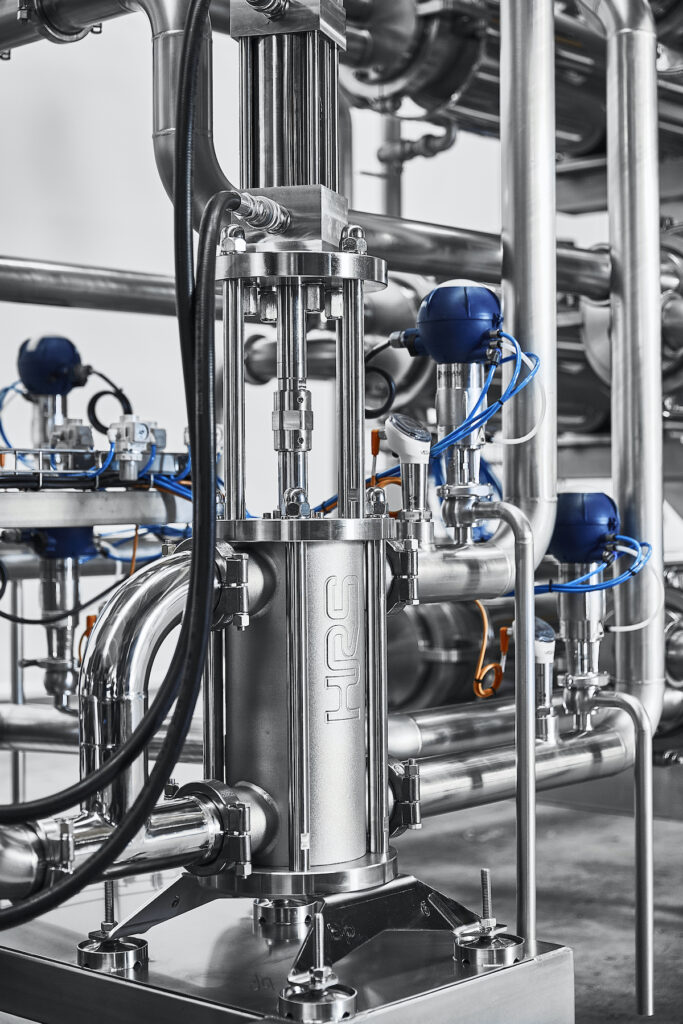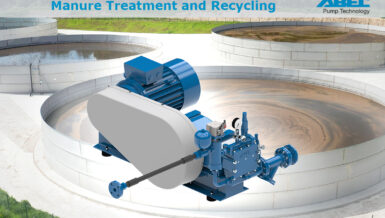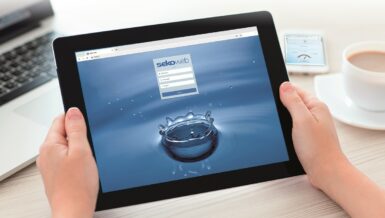With the right equipment a range of products including powders, pastes and mixtures of liquids and solids can also be pumped through suitable pipe work and equipment. There are a number of advantages to this approach, in particular the ability to avoid contamination of products during processing, as well as being able to maintain processing temperatures, viscosity, etc.
One of the issues with pumping is the potential to damage product. This is particularly important when handling high value viscous products such as honey, treacle, thick sauces, and creams, where any loses of product can be financially damaging. The viscosity of different fluids can be affected, resulting in issues such as runny or separated sauces or unwanted churning of dairy products. For materials containing solids, for example fruit mixtures, the wrong type of pump can easily damage the solid fraction reducing quality or, at worst, removing the very aspect of your product which you are trying to preserve in your product.
Amongst other things, the shear sensitivity of the fluid reflects how likely it is to be damaged by the impeller of the pump. The physical characteristics of some products will change after exposure to high shear stresses, and while this may be beneficial in some circumstances (such as turning cream into butter) but not others (for example when wanting to produce cream). Vapor pressure will also need to be considered to prevent issues such as flash evaporation or cavitation.

Reciprocating positive-displacement pumps are designed to handle very delicate and viscous food stuffs without damage, while working at high pressure in heavy duty applications in the food and pharmaceutical industries. Positive displacement pumps have an expanding cavity on the suction side of the pump and a decreasing cavity on the discharge side. Liquid flows into the pump as the cavity on the suction side expands and is forced out of the discharge side as the cavity collapses. These pumps feature a hygienic design which incorporates a separator fitted between the piston and the hydraulic chamber to ensure that there is no contact between the product chamber and the hydraulic oil. Once the pump is in operation, no part which comes into contact with oil comes into contact with the product.
For example, the HRS BP Series of positive-displacement pumps can achieve flow rates between 300 and 20,000 l/hour, with a pressure drop up to 30 bar. This makes them suitable for a wide range of high viscosity, shear sensitive and large particle containing fluids. Clap valves allow pumping of whole fruits or vegetables, and an Alternative piston pump with a pneumatic cylinder can be supplied for low pressure applications of less than 5 bar.











